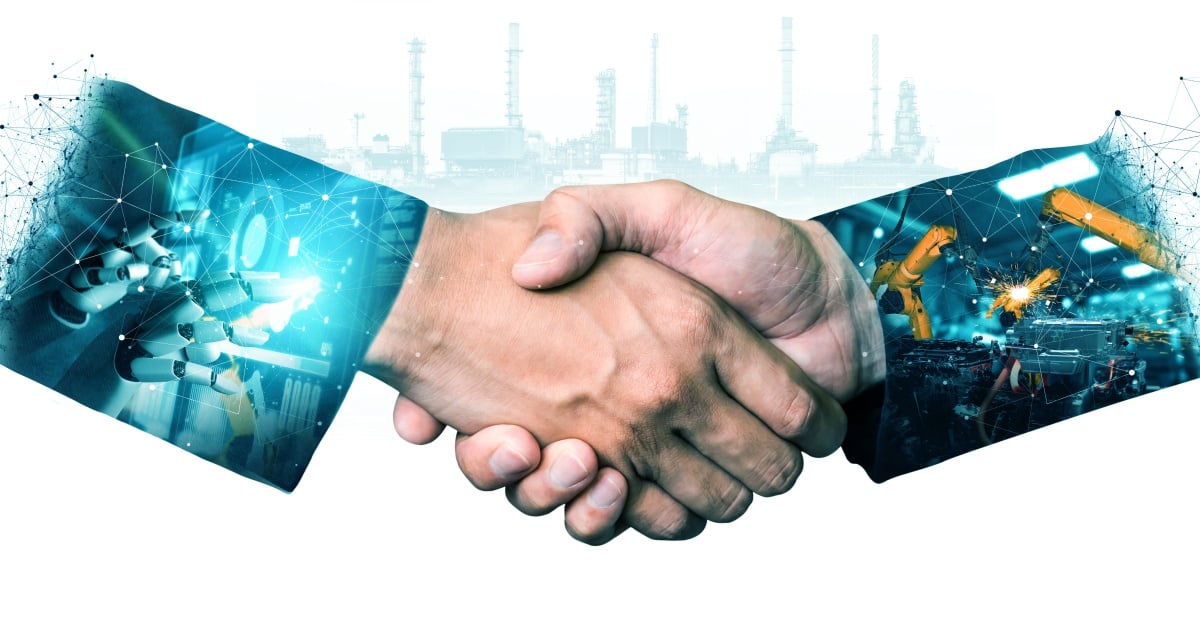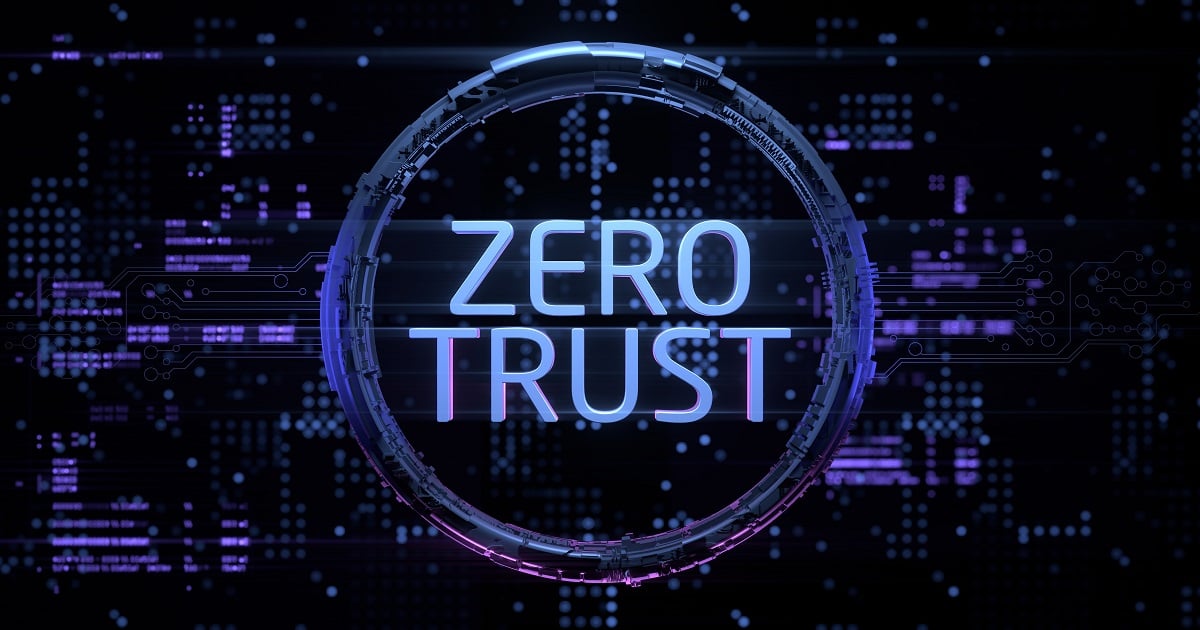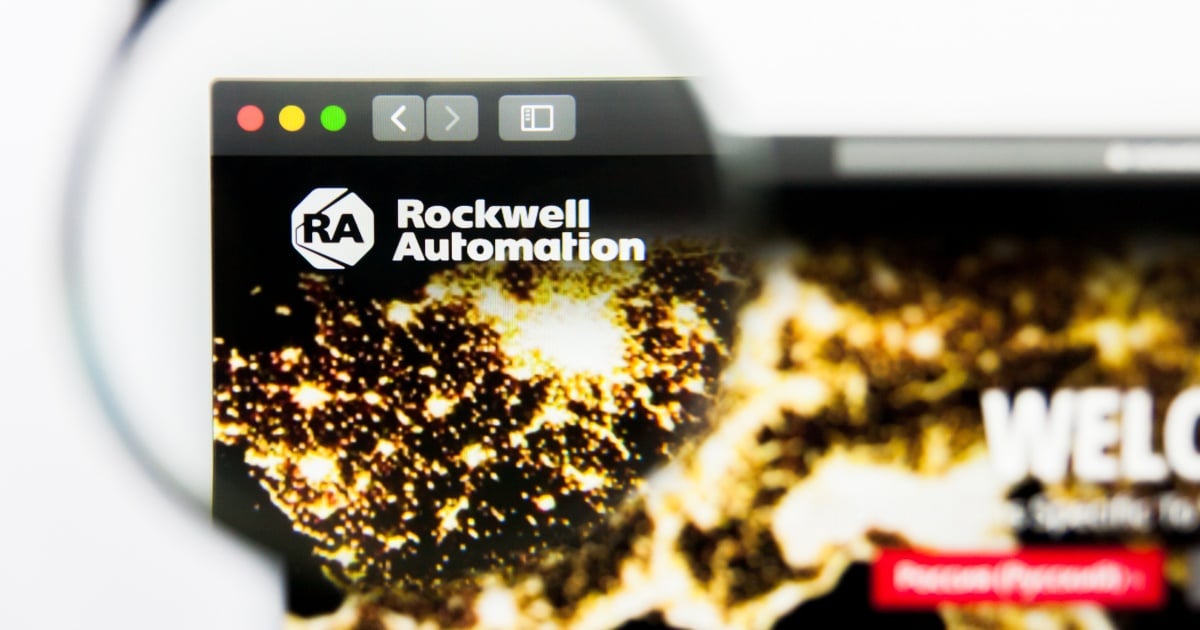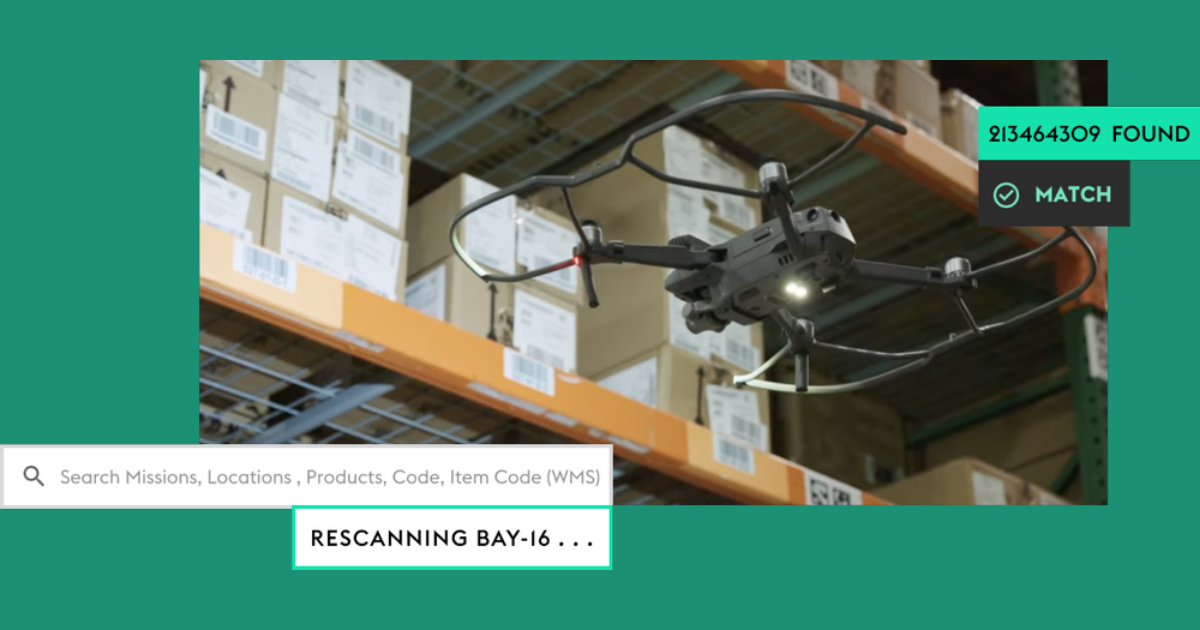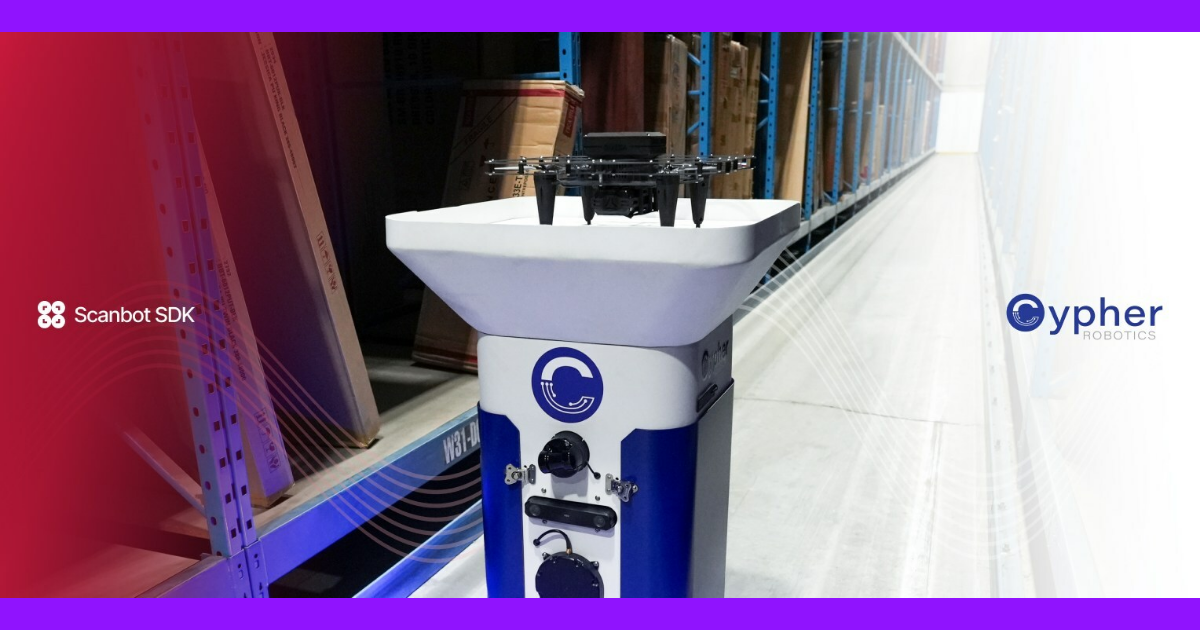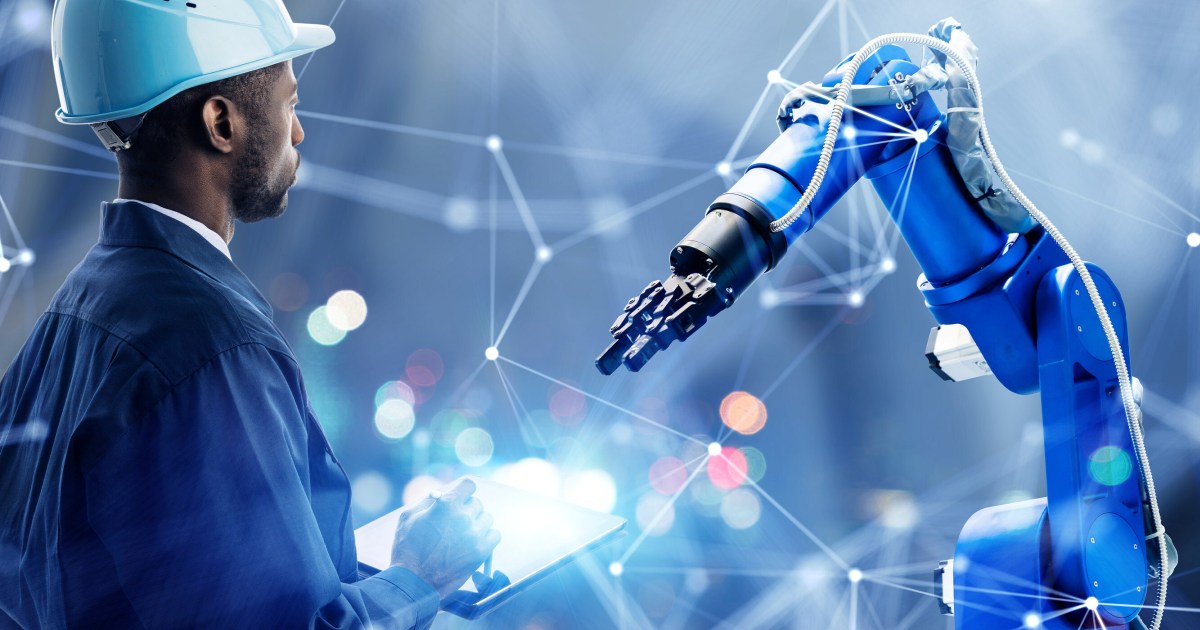
Siemens. Microsoft. IIoT. Generative AI.
That’s as short of a long-story-short news snippet I can provide.
The long-story-longer of it, however, is still quite the story, indeed.
Megacompanies Siemens and Microsoft are set to collaborate on generative AI to help businesses become more effective across design, engineering, manufacturing, and operational product development stages, known also as product lifecycle management (PLM). Through this promotion of cross-functional teamwork, the products of this new Siemens-Microsoft collaboration will be the problem-solving integration of Siemens’ Teamcenter software for PLM with Microsoft Teams and its large language model (LLM) in Azure Open AI (and other Azure AI-related capabilities). This, presumably, will showcase how generative AI can demonstrably improve factory automation and operational efficiencies, expedited problem-reporting, visual quality inspection and more via AI-powered progress.
Boiled down objectives-wise, Siemens and Microsoft will:
- Connect shop floor workers with teams across business functions through AI-powered collaborative apps.
- Keep factories running as intended with AI-powered automation software engineering.
- Find and prevent product defects well ahead of incidents with industrial forms of AI.
I’d say, “That’s all there is to it.” but this is, as expected, a highly involved endeavor. And yet, it’s no less important, given the global boom in AI.
"Powerful, advanced AI is emerging as one of the most important technologies for digital transformation," said Cedrik Neike, member of the Managing Board of Siemens AG and CEO Digital Industries. "Siemens and Microsoft are coming together to deploy tools like ChatGPT so we can empower industrial workers at enterprises of all shapes and sizes to pool resources and innovate in new ways."
For example, with the anticipated* Teamcenter app for Microsoft Teams (*in Q3 or Q4 of 2023), design engineers, frontline workers, and shop floor teams will be able to close feedback loops faster and solve challenges more expeditiously.
Per Siemens and Microsoft: “Service engineers or production operatives are able to use mobile devices to document and report product design or quality concerns using their natural speech. Azure OpenAI Service parses that informal speech data, then creates a summarized report (routed within Teamcenter) to the appropriate experts. To foster more inclusion, workers can even record observations in whatever language they so choose, and Microsoft Azure AI real-time translates it.”
With examples like these (coupled with user-friendly push notification features to hit the best targets (workflow simplification-wise), the time it takes to navigate design will speed up, resulting in millions of workers better enabled to innovate. (Especially those without access to today’s top PLM tools.)
Siemens and Microsoft specifically detailed how software developers and industrial automation engineers can accelerate code generation for their Programmable Logic Controllers (PLC) via ChatGPT, as well. This results in reduced time-to-completion and the reduction of most error probabilities (i.e. by generating PLC code through natural language inputs).
Lastly, in terms of aforementioned defect-location and defect-prevention processes, Microsoft Azure Machine Learning (ML) and Siemens’ Industrial Edge can be used to capture images and videos to be analyzed by ML systems, then used to build, deploy, test and monitor AI vision models on the shop floor.
That, worded casually, is a profoundly cool prospect.
Scott Guthrie, Executive Vice President, Cloud + AI, Microsoft agrees.
“The integration of AI into technology platforms will profoundly change how we work and how every business operates,” Guthrie said. "With Siemens, we are bringing the power of AI to more industrial organizations, enabling them to streamline workflows, overcome silos, and collaborate in more inclusive ways to accelerate customer-centric innovation."
Edited by
Greg Tavarez

